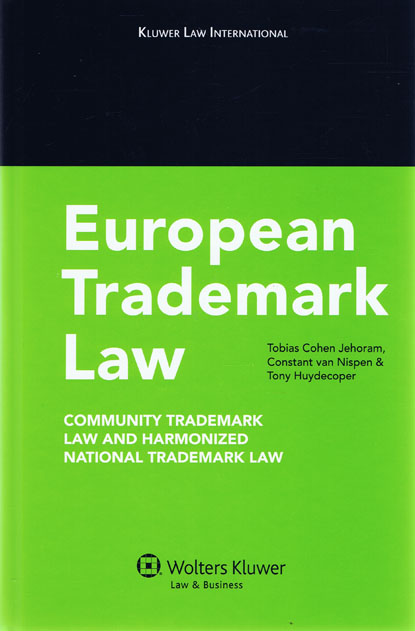
Although the European harmonisation of trademark law started more than two decades ago and is now quite robust, heretofore practitioners have had no easily accessible and comprehensive description and analysis of this regime to rely upon in their work, despite the existence of commentaries of the Directive and Regulation on trademarks.
Now, European Trademark Law describes all relevant developments in both legislation and case law, in particular of the Court of Justice, offering not only a succinct introduction to the theory, structure and nature of trademark law, but also insightful suggestions for resolving and answering a host of practical problems.
As the authors note, their book provides an ‘overview of trademark law rather than an overview of trademark legislation.’ The authors view the law from different perspectives; they take both the European perspective and the perspective from harmonised national trademark law, in particular as it is in the Benelux countries.
Paying particular attention to the implications of the considerable stream of case law that has followed from partially new doctrines set in place by the harmonization process, the book greatly clarifies the workings and interrelations of such factors as the following:
Intellectual property lawyers, judges, academics and in-house counsel will greatly appreciate this very useful guide to the current state of trademark law practice in Europe.